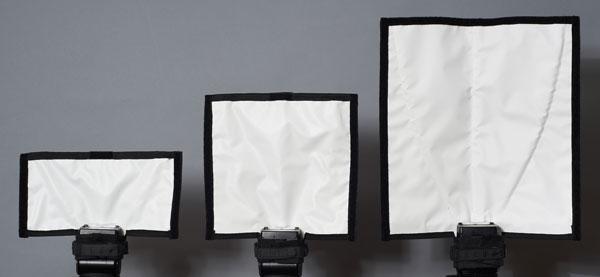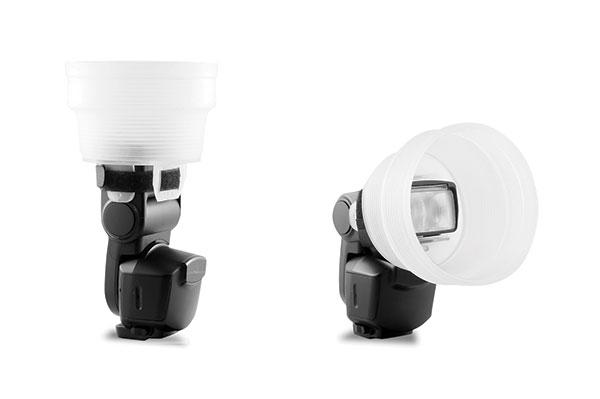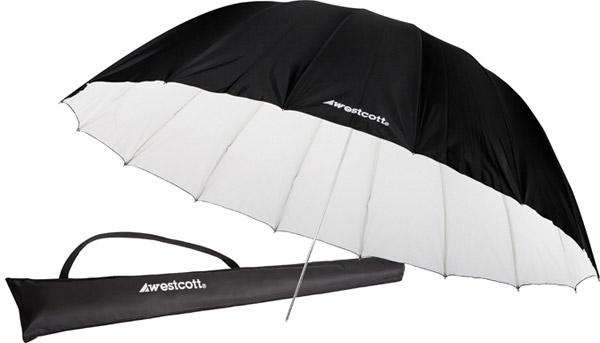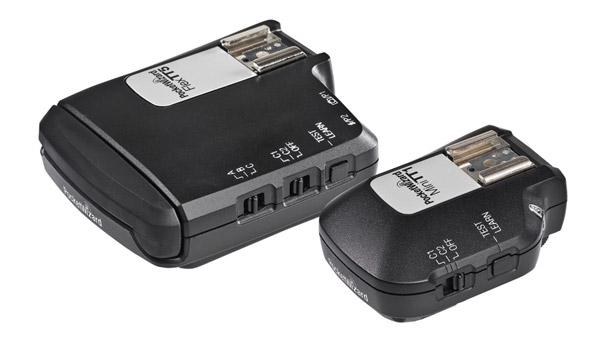Lighting Reviews
Sort By: Post DateTitle Publish Date
|
Oct 22, 2013 |
First Published: Sep 01, 2013
|
Apr 19, 2013 |
First Published: Mar 01, 2013
|
Feb 17, 2015
Compact Camera NewsCompact Camera ReviewsDrone NewsDrone ReviewsDSLR NewsDSLR ReviewsLens NewsLens ReviewsLighting NewsLighting ReviewsMedium Format Camera NewsMedium Format Camera ReviewsMirrorless Camera NewsMirrorless Camera ReviewsNewsPhoto Accessory NewsPhoto Accessory ReviewsPhoto Paper NewsPhoto Paper ReviewsPrinter NewsPrinter ReviewsSoftware NewsSoftware ReviewsVideo Camera NewsVideo Camera Reviews
|
Oct 01, 2009
|
Dec 21, 2011 |
First Published: Nov 01, 2011
|
Oct 23, 2015
|
Oct 01, 2008
|
Dec 27, 2011 |
First Published: Nov 01, 2011
|
Nov 01, 2011 |
First Published: Sep 01, 2011
|
Aug 01, 2009














